As a leading Custom...
Customized Mint Tin Box Packaging Guide
1. Introduction
Mints are loved by people for their cool taste and unique flavor, and a beautiful tin box packaging can not only protect mints from external factors, but also enhance the overall image and attractiveness of the product. This guide will introduce the relevant knowledge and steps of mint tin box packaging in detail.
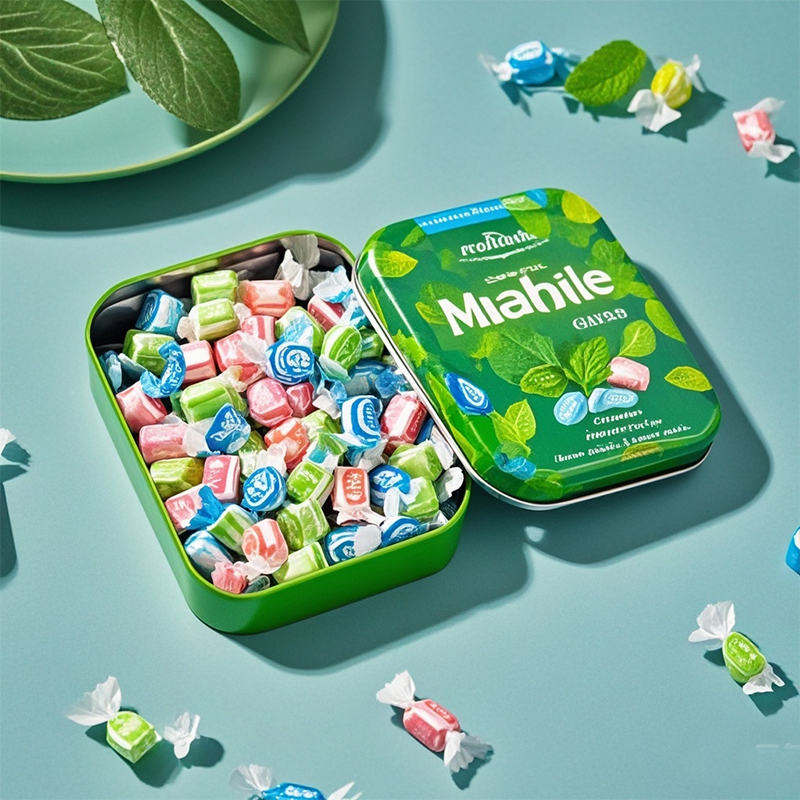
2. Selection of Tin Box
Material
High-quality tin boxes should be made of tinplate with high purity. This material has good sealing, corrosion resistance and mechanical strength, which can effectively protect the quality and taste of mints.
At the same time, pay attention to the inner coating of the tin box. Food-grade environmentally friendly coating should be selected to ensure that there is no pollution to the mints, and to prevent the mints from direct contact with the tin box and chemical reactions.
Size and shape
According to the quantity and specifications of the mints, choose a tin box of appropriate size. The tin box should not be too large or too small. If it is too large, the mints may shake in the box, affecting the packaging effect; if it is too small, it may not be able to accommodate enough mints, which is not convenient for sales and use.
The shape of the tin box can be diversified, and the common ones are round, square, rectangular, etc. Tin boxes of different shapes have different visual effects, which can be selected according to the product positioning and market demand. For example, the round tin box gives people a round and cute feeling, which is suitable for young consumers or as a gift package; the square tin box looks simple and generous, and is more universal.
Appearance design
The appearance of the tin box is one of the important factors to attract consumers. The surface of the tin box can be printed, gilded, embossed and processed to show brand logos, product names, patterns and other information.
The design style should be consistent with the brand image and target market of the mints. If it is a mint candy with a fresh and natural style, you can choose fresh tones such as green and blue, and match it with simple plant patterns; if it is a mint candy for the children's market, you can use colorful and childlike cartoon image design.
3. Preparation of mints
Quality inspection
Before packaging, the mints must be strictly inspected to ensure that the appearance of each candy is intact, undamaged, odorless, and the taste meets the standard. Unqualified mints should be removed in time to avoid affecting the overall product quality.
Quantity statistics
According to the capacity of the tin box and the packaging specifications, accurately count the number of mints required for packaging. In order to ensure the consistency and accuracy of the packaging, professional counting equipment or manual counting can be used.
Cleaning treatment
Although the mints have undergone a certain cleaning process during the production process, it is still recommended to clean them slightly before packaging to remove dust and other impurities that may be attached to the surface. You can use a clean non-woven fabric or food-grade cleaning cloth to gently wipe the surface of the mints.
4. Packaging steps
Tin box pretreatment
Check whether the tin box has defects such as deformation and scratches. If there is a problem, it should be replaced in time.
To clean the inside of the tin box, you can wipe it with a clean damp cloth, then dry it or blow it with a hair dryer to ensure that there is no dust and debris inside.
Place the liner
To further protect the mints from collision and extrusion during transportation and storage, a suitable liner can be placed in the tin box. The liner material can be food-grade foam, plastic film or paper, etc.
According to the shape and size of the tin box, cut the liner into the corresponding shape and place it tightly in the tin box. For example, for a round tin box, a round foam pad can be used as a liner and placed at the bottom of the box to play a buffering and supporting role; for a square tin box, a plastic film or paper can be used to wrap the box around and at the bottom to increase the friction between the mints and the tin box, making it more firmly fixed.
Loading the mints
Carefully place the prepared mints in the tin box and arrange them neatly in a certain arrangement. You can use a single-layer arrangement or a multi-layer arrangement, depending on the size of the mints and the height of the tin box.
During the placement process, be careful to handle it gently to avoid collisions between the mints or friction with the edge of the tin box, which may damage the candy. At the same time, make sure that each mint is placed in the right position without squeezing or overlapping.
Sealing Tin Box
After the mints are put into the tin box, the tin box needs to be sealed to maintain the freshness and hygiene inside. There are two common sealing methods: lid sealing and sealing film sealing.
If the tin box is equipped with a lid, you can apply a layer of food-grade sealant or a layer of sealing gasket on the inside of the lid, and then cover the lid tightly on the tin box to ensure that there is no gap between the lid and the tin box. You can check the sealing effect by gently pressing the lid around. If there is looseness or air leakage, you should adjust the lid position or replace the sealing gasket in time.
For some tin boxes without lids or lids with unsatisfactory sealing effects, you can use sealing film for sealing. Choose a food-grade sealing film of suitable size, cover it on the mouth of the tin box, and then use a heat sealer or hair dryer and other tools to heat the sealing film to shrink it and fit it tightly on the mouth of the tin box to achieve the purpose of sealing. When using a heat sealer, pay attention to controlling the temperature and time to avoid excessive shrinkage of the sealing film or scalding the tin box.
5. Inspection and treatment after packaging
Appearance inspection
Carry out a comprehensive appearance inspection on the packaged mint candy tin box. The main inspection contents include whether there are stains, scratches, blurred printing and other problems on the surface of the tin box, whether the seal is tight and flat, and whether the mint candy is neatly arranged and beautiful in the box.
If appearance defects are found, unqualified products should be picked out in time and corresponding treatment should be carried out, such as re-cleaning, replacing the tin box or repackaging.
Quality sampling
Randomly select a certain number of samples from the packaged products for quality inspection. In addition to checking the appearance and taste of the mint candy, the sealing performance of the tin box should also be checked. The sampled samples can be placed in a certain temperature and humidity environment. After a period of time, observe whether there is air entering the tin box or whether the mint candy is deteriorating.
If quality problems are found, the batch of products should be immediately inspected and handled comprehensively to find out the cause of the problem and take corresponding improvement measures to ensure that the product quality meets the standards.
Packaging labeling
Affix the corresponding packaging labeling to the qualified mint candy tin box, including product name, brand logo, production date, shelf life, ingredient list, method of consumption, manufacturer information, net content, etc. The labeling content should be clear, accurate, and complete, and comply with relevant laws, regulations, and standards.
Packaging labeling can be done by printing, pasting labels, etc., and ensure that the labeling is firm and not easy to fall off, so that consumers can easily obtain product information when purchasing and using it.
Packing and storage
Pack the packaged and labeled mint candy tin boxes according to a certain quantity and specifications. The box should be made of sturdy and durable cartons, and an appropriate amount of cushioning materials, such as foam boards, bubble bags, etc., should be placed in the box to prevent the tin box from being damaged during transportation.
Packaged products should be stored in a dry, ventilated, and cool warehouse to avoid direct sunlight and high temperature and humidity. At the same time, it is necessary to classify and store the products according to the production date and batch for easy management and traceability.
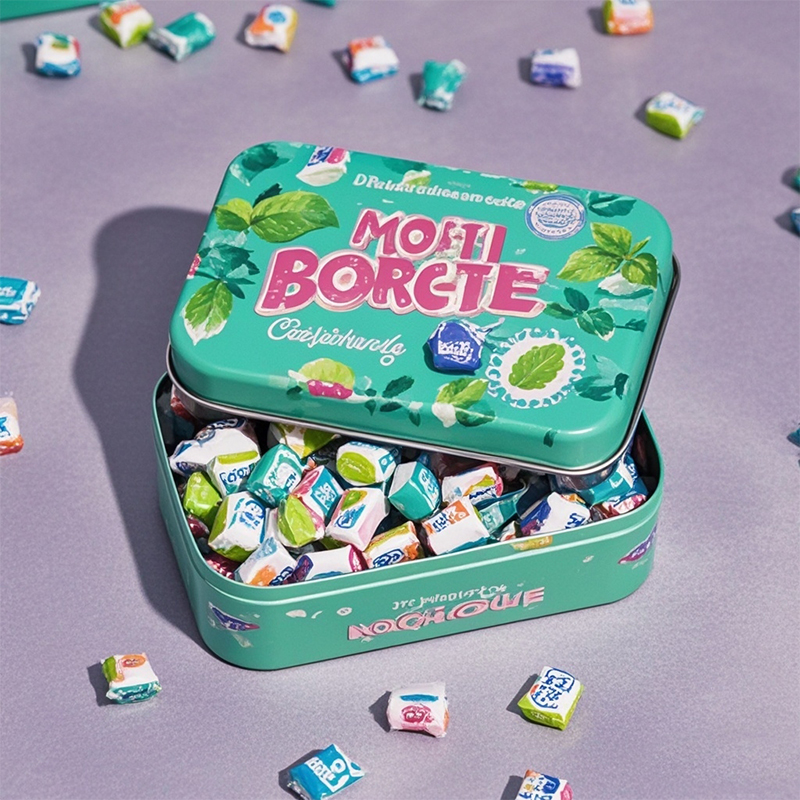
6. Precautions
Hygiene requirements
During the entire mint candy tin box packaging process, the hygiene standards must be strictly observed. Operators should wear clean work clothes, masks and gloves, the workplace should be kept clean and sanitary, and disinfected regularly.
Packaging materials and equipment should also be kept clean to avoid contamination. Tin boxes, linings, sealing films and other packaging materials should be inspected and cleaned before use to ensure that there are no foreign matter and impurities. Packaging equipment such as heat sealers and counting equipment should be regularly maintained and maintained to ensure their normal operation and hygienic safety.
Safe operation
When using packaging equipment, it is necessary to strictly follow the operating procedures and pay attention to safety matters. For example, when using a heat sealer, avoid scalding your fingers, and do not put your hands into the equipment during operation; when using counting equipment, pay attention to prevent the equipment from jamming or malfunctioning to avoid personal injury and product loss.
At the same time, attention should be paid to the proper disposal of waste generated during the packaging process, such as discarded tin boxes, packaging materials, unqualified products, etc., which should be collected and processed in accordance with environmental protection requirements to avoid pollution to the environment.
Quality Control
Establish a sound quality control system, and conduct strict quality control in all links from raw material procurement, production and processing, packaging process to finished product inspection. Formulate detailed quality standards and inspection specifications, strengthen supervision and inspection of each link, and ensure that product quality meets the requirements.
Regularly evaluate and improve the quality control system, and continuously improve product quality and packaging level to meet market demand and consumer expectations.
Through the above detailed introduction to the mint candy tin box packaging, I hope to help you better understand and master the relevant knowledge and technology of mint candy tin box packaging, provide high-quality, beautiful and safe packaging solutions for your products, and enhance the market competitiveness of products and consumer satisfaction.





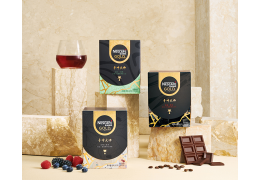
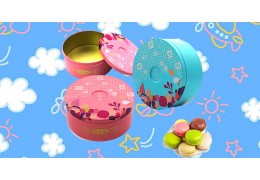
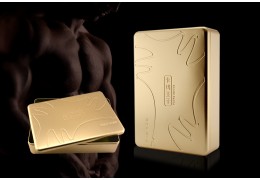
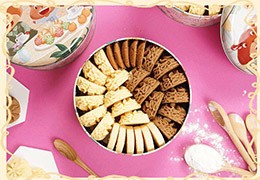
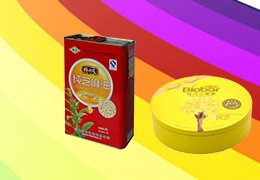




Latest comments